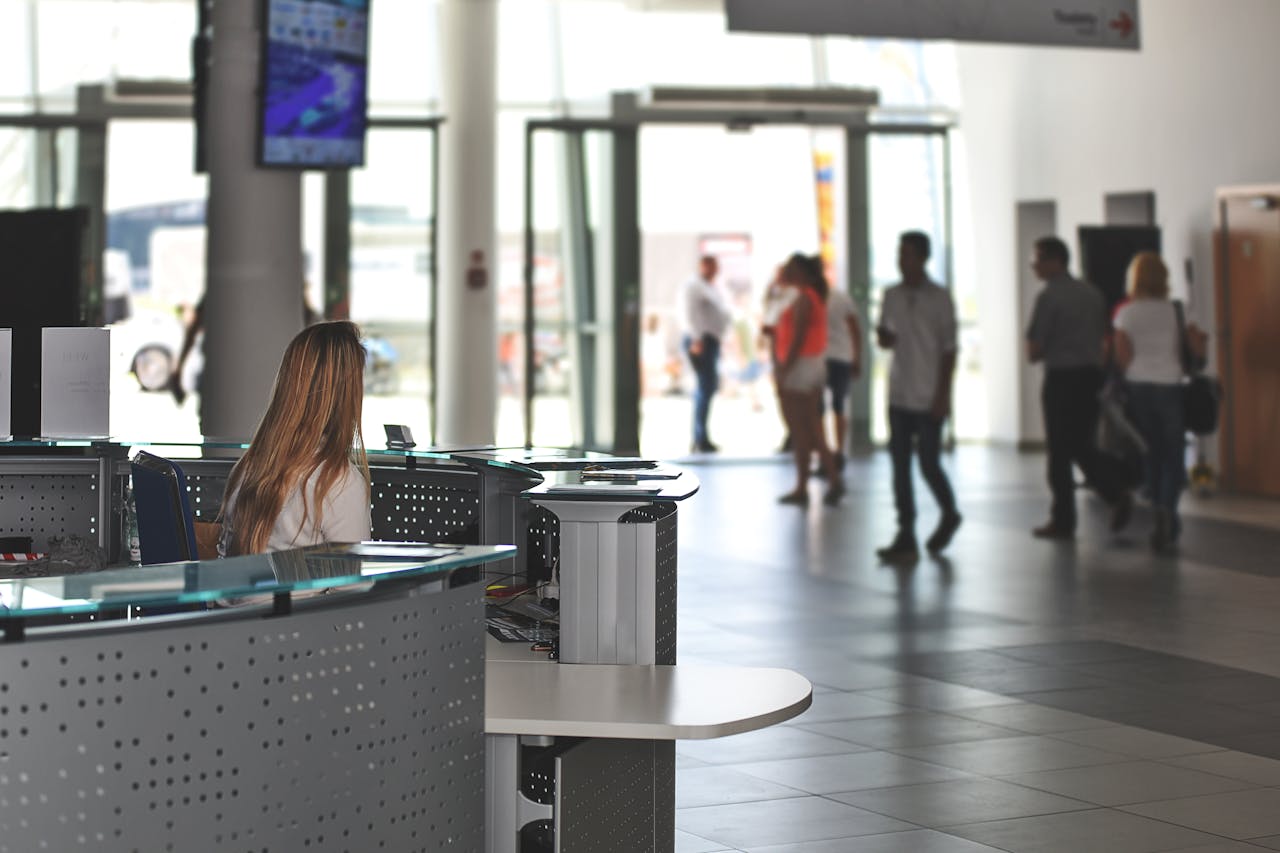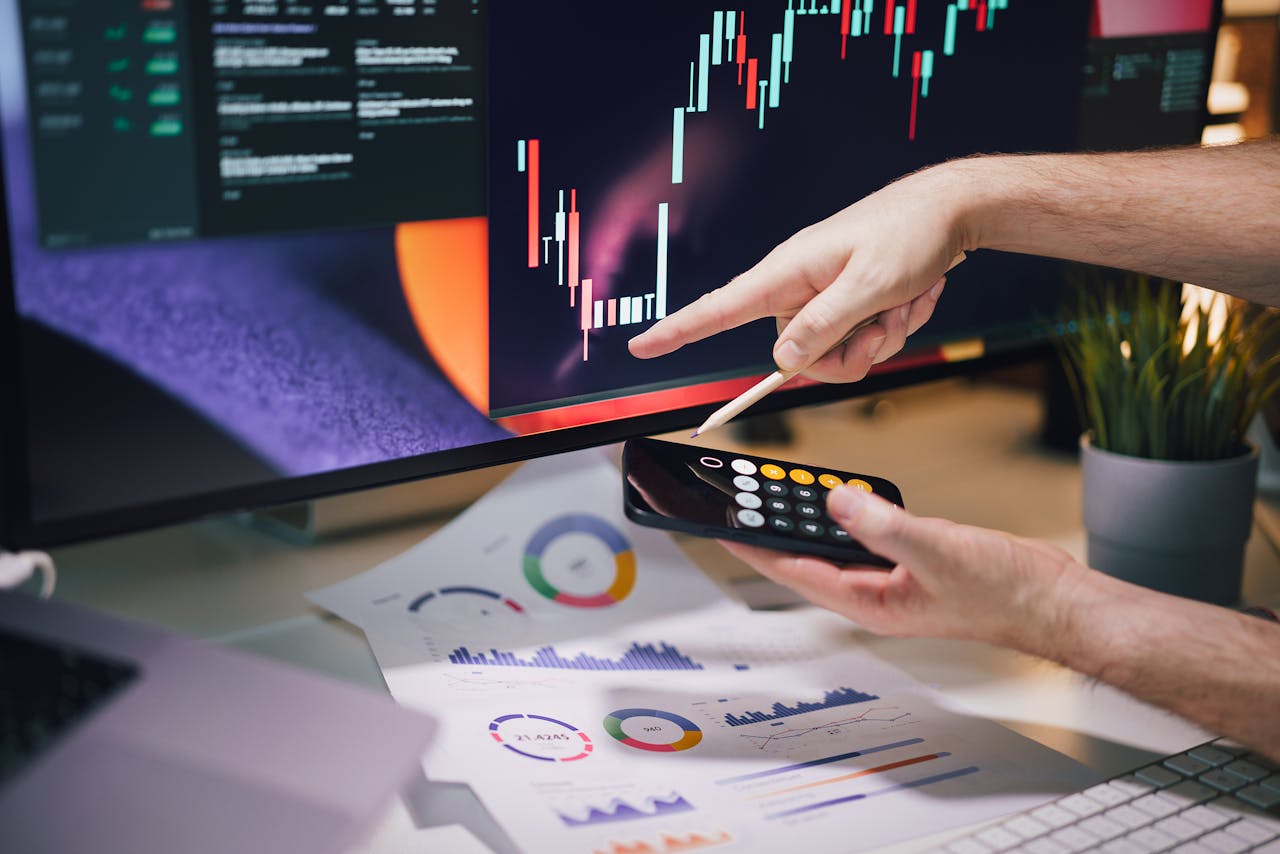Loyalty Program Data: Statistics, How to Leverage, Optimization
Businesses can use loyalty programs as an effective strategy to retain clients. Offering prizes, savings, or special deals encourages consumers to stick with your company.
However, a benefit that people discuss less often is that a loyalty program generates a lot of invaluable data. Every interaction, purchase, and reward redemption provides insights into customer behavior, preferences, and buying patterns.
This data can help you further refine your services, improving customer satisfaction and driving revenue growth.
This comprehensive article discusses everything you need to know to make the most of your loyalty programs. It also shows you how to use its data and discusses strategies to improve its effectiveness.
Loyalty Stats You Need to Know
Loyalty program statistics reveal just how impactful these programs can be on your business. By understanding the data behind customer behavior, participation, and retention, you can make smarter decisions to enhance your loyalty program’s effectiveness. Let’s break down some key stats and what they mean for your strategy.
Customer retention
Loyalty programs help retain customers and drive repeat purchases. According to research, just a 5% increase in client retention rates can result in a
Customers who are involved in loyalty programs are 70% more likely to stick with your company, which helps explain this striking disparity. And they spend as much as 12% to 18% more than non-members.
These figures highlight how these programs encourage repeat business and lead to higher spending. Customer retention is a cost-effective way to increase long-term profitability.

Participation rates
You must understand who participates in loyalty programs. Nearly a quarter (24%) of Gen Z is not subscribed to any loyalty program, more than double the rate of any previous generation. Younger consumers may need different incentives to join.
However, for those who do sign up, saving money (58%), earning rewards (56%), and receiving immediate discounts (49%) are the primary motivators. Savvy businesses can take advantage of these drivers by investing in more instant gratification with their program rewards.
It’s also worth noting that most customers need to shop with a brand three to five times before considering joining a loyalty program. This means businesses must focus on creating value during those initial interactions to convert them into loyal members.
Data utilization
Despite the potential, many businesses aren’t fully utilizing the data generated by their loyalty programs. In fact, only half of companies use this data to gain customer insights, missing out on opportunities to personalize offers and increase engagement.
Data supports the idea that loyalty program data can do so much more. For example, loyalty program emails perform exceptionally well, with open rates as high as 55% and click-through rates of 17%, far surpassing standard email benchmarks.
Additionally, consumers are 56% more likely to join programs that offer tiered rewards and exclusive treatment. Businesses can refine their strategies by analyzing and optimizing loyalty program data and outperforming competitors in customer engagement and retention.
Essential KPIs to Track for Loyalty Programs
Tracking the right metrics is the first step to optimizing your loyalty program and making it work based on Filipino buying behavior and not just through guessing.
Customer Lifetime Value (CLV)
The goal of Customer Lifetime Value (CLV) is to maximize the amount a customer spends throughout their relationship with your brand.
The SM Advantage Card is a local example. The program effectively boosts CLV by offering rewards that incentivize frequent purchases, fostering long-term customer relationships and driving higher spending.
Redemption rates
The redemption rate measures how often customers redeem the rewards they’ve earned. High redemption rates indicate that your rewards are attractive and relevant. If your redemption rates are low, it might mean your rewards aren’t enticing enough.

Jollibee Food Corporation’s happyplus is a long-lasting loyalty program that ended in July 2024. According to the company, it ended “to make way for new improvements to the loyalty initiatives of JFC.” Likely, low redemption rates are at least partially the reason for this change.
Engagement metrics
Key engagement metrics such as repeat purchase rate, program participation rate, and average spend per customer show how active your customers are within the program.
For example, Starbucks Philippines encourages customers to visit more frequently and spend more money each time by using an app-based rewards system that lets them accrue points for every purchase.
Churn rate
The percentage of consumers that discontinue purchasing from your brand is known as the churn rate. While some churn is inevitable, a high rate may indicate issues with your loyalty program. A well-structured loyalty program can help reduce churn by making customers feel valued.
For example, Sephora Philippines’ Beauty Pass program reduces churn by offering personalized perks and exclusive access, which keeps customers engaged and loyal.
Referral rate
The referral rate measures how often your existing customers refer others to your loyalty program. A high referral rate indicates that your program offers enough value for customers to willingly promote it, acting as organic brand ambassadors.

While many companies run separate referral programs, integrating referral rewards into your loyalty program can be more effective. For example, Union Bank and Security Bank reward their members for bringing in new users. By combining referral incentives with your loyalty program, you can boost both sign-ups and engagement, creating a seamless customer experience.
How to Leverage Loyalty Program Data
What do you do with all the KPIs you’re tracking? Businesses can create data-driven marketing strategies and personalized customer experiences by leveraging loyalty program data analytics.
Segmentation
One of the most common ways to leverage loyalty program data is through customer profiling and segmentation. By analyzing purchasing behavior, preferences, and engagement levels, you can divide your customers into distinct groups and target them with tailored offers.
For example, by segmenting customers based on their shopping habits and frequency, you can offer more relevant promotions and personalized discounts. This targeted approach drives repeat purchases, improves customer engagement, and ensures each segment receives a tailored experience that meets their specific needs.
Personalization
Personalization is key to driving customer loyalty, and loyalty program data is a treasure trove for creating highly personalized offers. For example, 82% of marketers report increased open rates with customized emails.
With insights into individual shopping behaviors and preferences, you can send customized discounts, rewards, or exclusive access that resonates with your customers. One great example is how Starbucks rewards its loyal members with a free birthday drink.
Predictive analytics

Predictive analytics helps you anticipate future customer behavior by analyzing past data, enabling you to optimize your marketing efforts. By spotting patterns, you can take proactive measures by anticipating when a consumer is likely to buy from you or when they could leave.
Predictive analytics, for instance, can be used by companies to provide product recommendations based on a customer’s past purchases. In the same way, loyalty program data can help forecast purchasing behavior, enabling businesses to offer timely promotions that keep customers engaged and reduce churn.
Optimized product offerings
Loyalty program data can also inform which products resonate most with your audience. By analyzing the purchasing patterns of your most loyal customers, you can identify which items drive the most engagement and sales, helping you optimize your inventory and product offerings.
For instance, if your rewards program uses points, customer data can reveal which products are most frequently redeemed with points. With the use of this information, you may modify your product portfolio to better suit consumer tastes and increase sales.
Precision marketing campaigns
Loyalty program data allows businesses to refine their marketing campaigns. As illustrated above, any type of marketing effort is better when using data to make it more precise.
This increased engagement stems from the fact that these campaigns are personalized based on the customer’s preferences and past behaviors, making them far more relevant and effective than generic marketing efforts.
Strategies for Optimizing Loyalty Programs with Data
Leveraging customer behavior and preferences insights, you can fine-tune your program to boost engagement, retention, and long-term growth. Here are several actionable strategies you can apply.
Continuous feedback
You should collect and analyze customer feedback to keep your loyalty program relevant. Regularly assessing program performance—such as identifying the most redeemed rewards or tracking where customers disengage—helps pinpoint areas for improvement.
For example, conducting customer surveys regularly allows you to gather feedback on your loyalty program, which can inform updates like adding new perks or adjusting existing offerings based on customer satisfaction. This continuous feedback loop ensures your program remains flexible and responsive to customer needs.
Dynamic rewards
Static rewards can become stale over time, causing engagement to dip. To keep customers excited, analyze loyalty data to track shifting preferences and introduce dynamic rewards that evolve with their interests.
Regularly updating available rewards—such as offering limited-time deals or exclusive access to new products—based on customer preferences helps keep the program fresh. These consistent updates encourage ongoing participation, ensuring customers stay engaged and excited about their rewards.
Loyalty tiers
Tier-based loyalty programs, where customers unlock more exclusive rewards as they spend more, are highly effective in driving engagement. These programs tap into the human desire for status and exclusivity, creating a sense of achievement and motivating customers to aim for higher tiers.
By offering bigger perks to higher-spending customers, you not only incentivize repeat visits but also encourage customers to spend more, reinforcing loyalty and driving long-term engagement.
Predictive rewarding
Businesses can use predictive analytics to determine which rewards will be most popular with their clients and when to provide them. By examining historical data, you can predict when a customer is about to disengage and give a timely reward to re-engage them.
Predictive models, for example, can be used to deliver tailored discounts to customers during periods of inactivity, keeping them interested and connected to your business.
Engagement tracking
You can identify underperforming areas and re-strategize them by monitoring metrics such as app usage, redemption rates, and purchase frequency.
If you notice a drop in participation, you can use this data to tweak your offers or introduce new incentives to regain customer interest. It’s best to engage customers consistently to maintain the program’s long-term success. A customer insight platform can streamline this process by automatically tracking and analyzing engagement data.
Study Your Most Loyal Customers
Your loyalty program is a way to reward your most loyal customers. You wouldn’t be here without them. But to take it further, analyzing this data allows you to refine your program and build long-term relationships.
By continuously optimizing your program with data-driven insights, you can drive sustainable growth. To get the most out of your loyalty program, collaborate with Inquiro. We offer advanced business analytics through our cutting-edge customer data platform. Request a demo today and learn how our services can transform your business!



